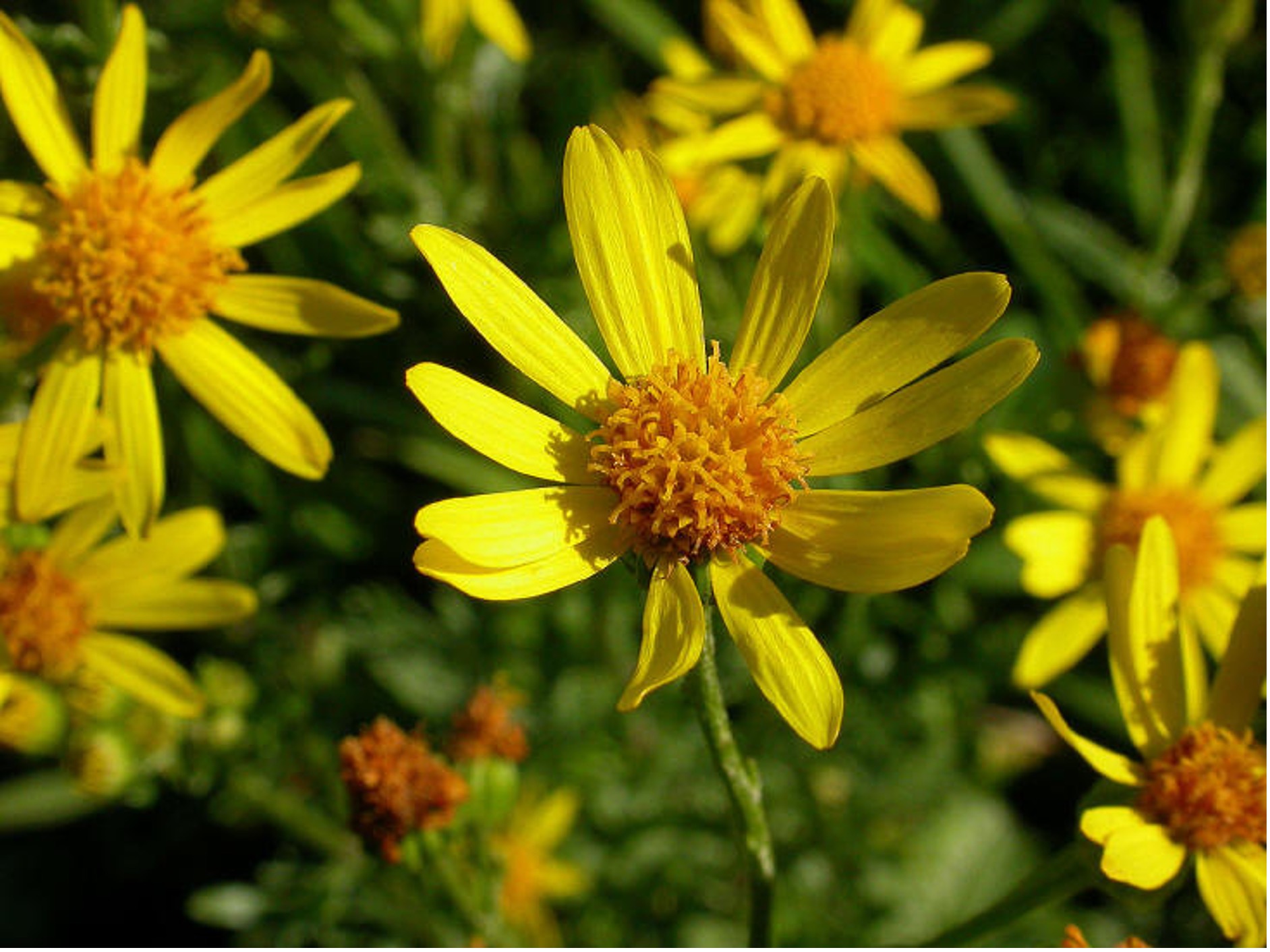
Jacobaea vulgaris is on a rapid march in the Netherlands. Jacobaea vulgaris is a threat to livestock. Farmers have been getting more and more poisoned with poultry in particular horses and cattle in recent years. Regular eating of Jacobaea vulgaris can damage the liver so that it can not function properly. This results in the appearance of a liver disease and may eventually lead to death.
As long as the plant grows and blossoms, there is little risk for Horses, Cows, Sheep and Goats. Jacobaea vulgaris tastes bitter and is usually not eaten.
Jacobaea vulgaris becomes very dangerous to livestock when it is hatched or hardened. After planting, the plant loses its typical scent, color and taste, which makes horses no longer recognizable as toxic. After mowing, the poison continues to work. Grass eaters eat on their daily hay rations and get into the poisonous substances (the so-called alkaloids).
All parts of the plant Jacobaea vulgaris contain poisonous substances. These are the so-called Pyrrolizidine Alkaloids (PAs). The fabrics are produced to counteract pollen by herbivores (mammals, insects). The poison rate is highest for the best of bloom.
The venom is absorbed into the intestines. Then the body tries to convert the toxins into liver into less toxic substances. However, this process produces an even more toxic substance. This breaks down the liver cells. A poisonous poison poison is very gradual. The liver will eventually no longer function. Poisoned animals get sick first: they are loom, lose weight, have diarrhea and no appetite, drink a lot and get signs of sunburn. Jacobaea vulgaris scratches the heart and the central nervous system and causes coordination disorders, lack of appetite and restless movements.
For poisoning by Jacobaea vulgaris there is not a cure. Animals become ill only after months or even years, because the poison slowly accumulates in the liver. Cows and horses develop chronic liver disease when these animal species absorb 5 to 10% of their body weight on Jacobaea vulgaris plant material.
The lethal dose of Jacobsweed is for horse and cattle 5 – 20% dried herb based on body weight. In chickens 5% of body weight is deadly.
Sheep and goats can better tolerate poisonous herbicides, the lethal dose is much higher. A goat can take 1 to 4 times body weight of plant material. In sheep this is more than 2 times the body weight.
Exact figures about the number of dead animals do not exist because the death cause of these animals can not always be determined. Sometimes the connection between disease and Jacobaea vulgaris is difficult to explain. Even giving hay or silage with 1% Jacobsweed or less per day is dangerous.
Receive the latest offers, exclusive content and news from Hartog Family Farms.

Grasdrogerij Hartog B.V.
Mijnsherenweg 7
1658 CA Lambertschaag
0229 – 58 12 32
info@hartog.eu